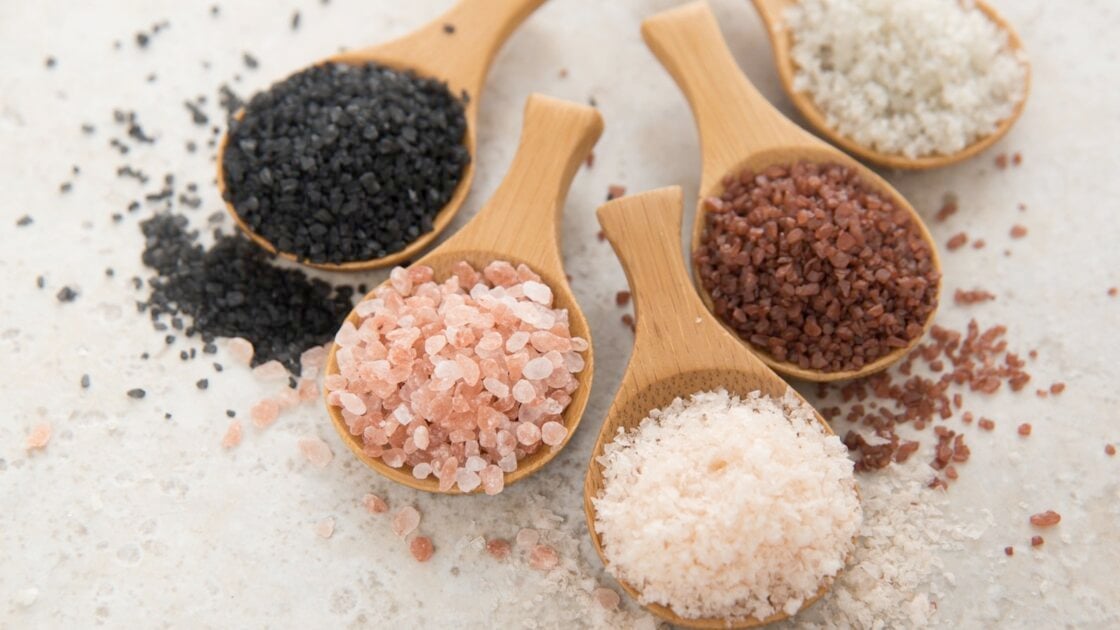The Art and Science of Cooking With Coarse Sea Salt

Talking about salt is complicated because rarely is it just salt: there’s sea salt, rock salt, table salt, kosher salt, and iodized salt. Which one should you cook with and why?
In most kitchens, it’s best to keep a few different varieties of salt on hand. Kosher salt and sea salt are very similar in texture: slightly coarser than regular table salt (which is chemically refined). Iodine is often added to table salt because it was a health mandate from the U.S. government early in the 20th century that stuck. Iodine is a necessary nutrient that helps our thyroid function properly, but iodized salt isn’t ideal for baking.
You’re less likely to have coarse sea salt on hand because the large granules may seem daunting or perhaps you’ve had an unpleasant experience biting into a large chunk of salt. Hopefully, these ideas will persuade you to reconsider coarse sea salt! It’s versatile and inexpensive and can turn lowly Brussels sprouts, for example, into bites of heaven.
Coarse sea salt, sometimes labeled rock salt by certain brands (not to be confused with rock salt used for melting snow and making ice cream) does something very wonderful in the oven when cooked with a fat like olive oil in the oven. This salmon recipe is simple and astoundingly good.
Ingredients
Preparation
- Place the salmon (skin side down if it hasn’t been removed) on a foil-lined baking sheet. Sprinkle the coarse salt and paprika on top. There should be a thick coating of salt.
- Broil for 7 minutes so the salt begins to melt, burn and form a crust. Turn off the broiler but keep in the oven for another 5 minutes.
- Mix the yogurt, lemon and chives together and serve with the salmon.










